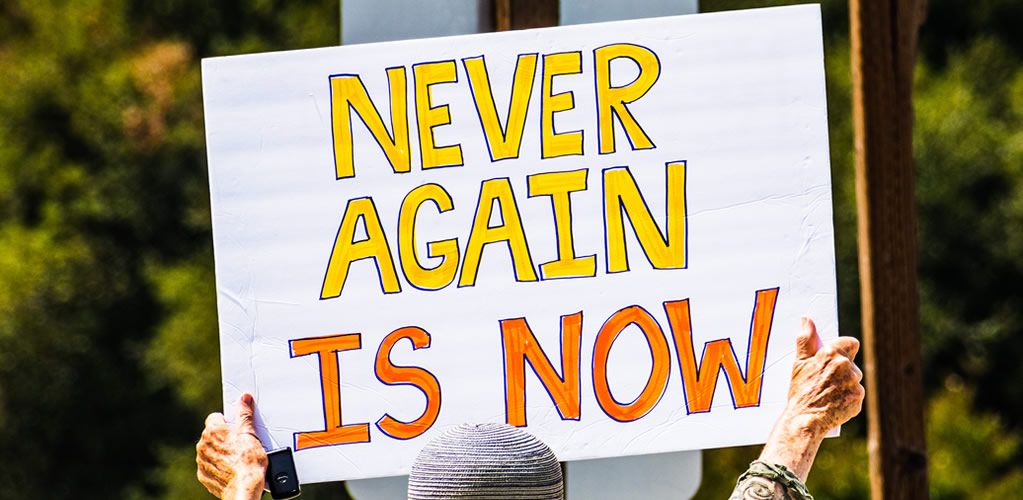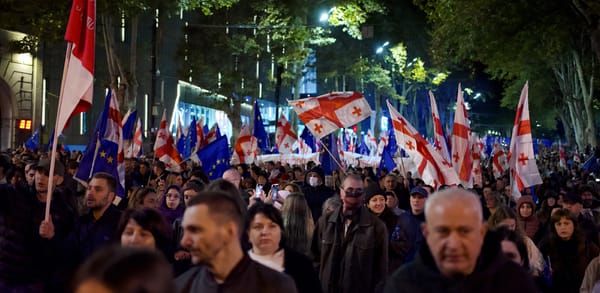Gaza, Ukraine, Sudan, Myanmar… whatever happened to the ‘never again’ pledge?
Global tensions are escalating, marked by ongoing regional disputes in Ukraine-Russia, Israel-Gaza, Sudan, Myanmar, and Ethiopia. The international community’s intermittent focus on these crises raises concerns about the efficacy of global peacemaking efforts.

Global tensions are escalating, marked by ongoing regional disputes in Ukraine-Russia, Israel-Gaza, Sudan, Myanmar, and Ethiopia. The international community’s intermittent focus on these crises raises concerns about the efficacy of global peacemaking efforts.
R emembrance Day, November 11, is supposed to mark the end of the “war to end all wars”.
World War I began in August 1914 and raged for four-and-a-half years, resulting in the deaths of nearly 10 million people. Hostilities formally ended at the 11th hour on the 11th day of November 1918 when Germany signed the Armistice. A year later, the day was specifically dedicated by Britain’s King George V as a day of remembrance, and it is observed across the Commonwealth and several other countries, such as France.
But this year’s observance of Remembrance Day has arguably been one of the least peaceable in decades.
The prospect of broad and bloody conflict looms large. Consider this.
There have been months of rivalry between the United States and Russia and the United States and China. (The only silver lining on this front is that Joe Biden and his Chinese counterpart Xi Jinping plan to meet in San Francisco on November 15, ahead of next week’s Asia-Pacific Economic Cooperation forum. American officials said that the two would have a wide-ranging discussion that would touch on Taiwan, the war between Israel and Hamas and that Mr Biden would press Mr Xi on the need to revive communications between the two powers’ militaries. The leaders have not met in person for one year.)
Several intractable regional conflicts continue to rage: Ukraine-Russia and Israel-Gaza.
There are at least two ongoing internal conflicts, Sudan and Myanmar, both of which are simultaneously serious and ignored.
The United Nations recently said that 50,000 people have fled their homes in Myanmar since clashes between the military junta and ethnic militias began two weeks ago. A rebel alliance has seized towns in northern Myanmar, close to the border with China. Myint Swe, the junta-backed president, said that the country risks being “split into various parts”.
There are growing fears about the intensifying conflict in Ethiopia’s northern Amhara region between Ethiopian government forces and Amhara nationalist militia group FANO. With some observers warning that it could become a full-scale war, there are concerns about the Unesco World Heritage site’s 13th-century rock-hewn churches in Lalibela, a town in the Amhara region.
As for Sudan, Vox’s Bryan Walsh has noted, “Sudan’s population is more than three times that of the combined number of people living in Israel and the Palestinian territories. When a crisis like this civil war comes to a country of this size, one where an estimated 35 per cent of people are living on less than $2.15 a day, the humanitarian consequences are proportionately terrible.”
The Sudanese conflict has raged in the heart of Africa since April. The two sides — Sudan’s military and the paramilitary Rapid Support Forces (RSF) — have sometimes agreed to ceasefires, only to violate them soon after. International attention briefly focussed on Sudan the first weeks that the conflict began, as foreigners in the capital Khartoum rushed to leave.
But ever since, Sudan has receded into the background, as is the case with most international stories that don’t directly trouble the geopolitical West. It is cynical and shortsighted but more to the point; it makes a mockery of the “never again” sentiment, the fervent hope that peacemaking will keep the world from bloody wars.






[Read our Comments Guidelines]